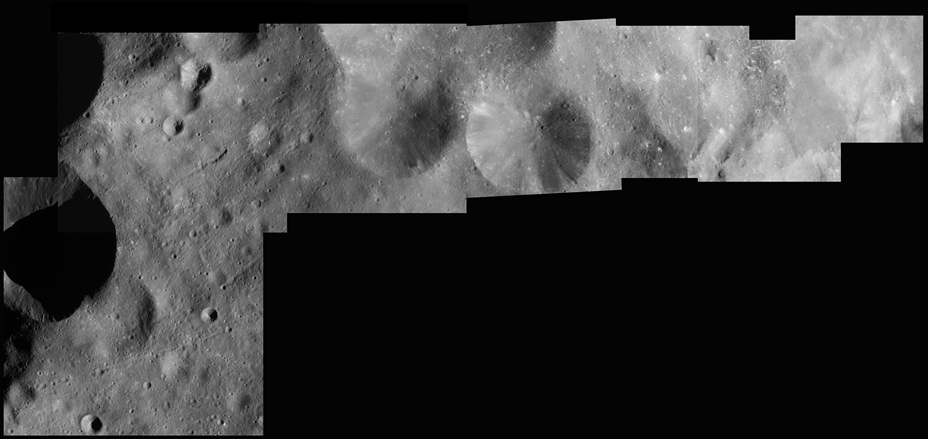The Cassini mission to Saturn is now getting ready to study Saturn in unprecedented detail. The Cassini mission is the last of the "Great Observatory" missions, and cost $3.26 billion, of which the US part was $2.6 billion. That is a huge bill, but that is what it costs to put 6 tons of high-precision instrumentation into orbit around distant Saturn!
We already saw the planetarium show, and talked about Saturn, rings, and moons on several occasions, so you might think that you already know enough. However, there is a lot more to see from the Cassini mission. We will take a look at what it has produced so far, and think about what it will do over the next months and years. Hopefully you will agree that Cassini is an amazing mission, and will be inspired to pay attention to it during the next year or so when it is radioing back its findings.
You can find out where Cassini is right now in its orbit around Saturn. Note that it will be doing another flyby of Titan on 26 October (about 10 days from now). You can come back to the above link and watch as Cassini gets closer to Titan. On Thursday night (14 Oct, 2004) it was traveling at 10,063 km/h.
You can see what crazy orbital changes Cassini will undergo at different phases of the mission.
Some amazing photos can be seen by clicking on the links on this page. From this you can get a good idea of the incredible resolution of the Cassini cameras. Each of Saturn's moons will be examined at such resolution, as well as the rings and the planet itself. Click on the image below, which is a closeup of the moon Phoebe, to see it at full resolution (but you will have to wait while it loads!).
JPL/ESA Photo: Phoebe as seen from Cassini during its initial arrival into the Saturn system.
